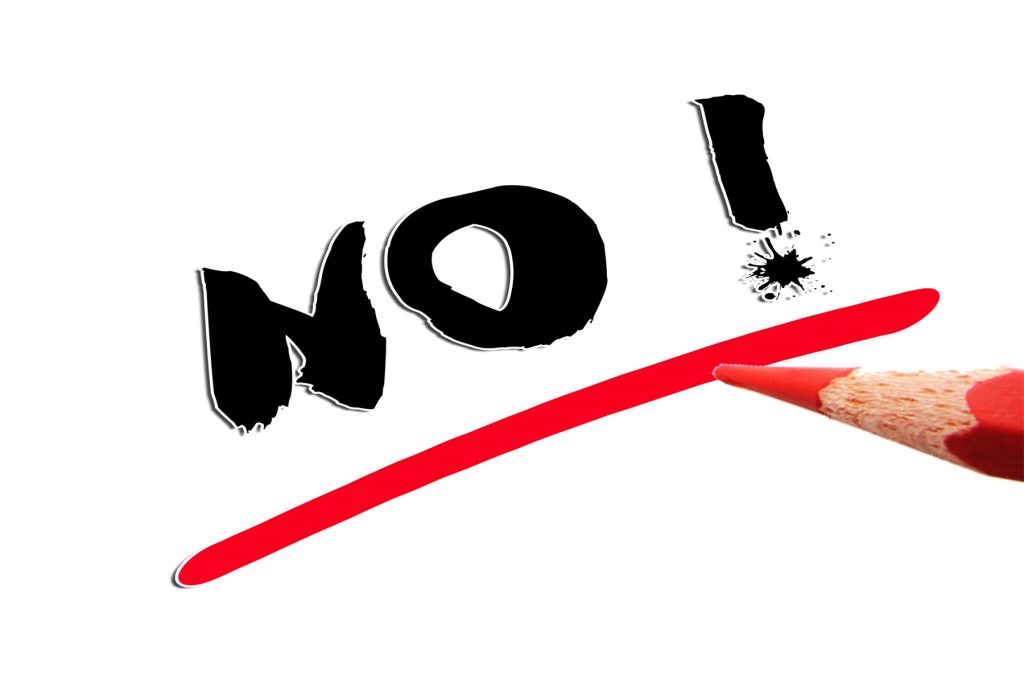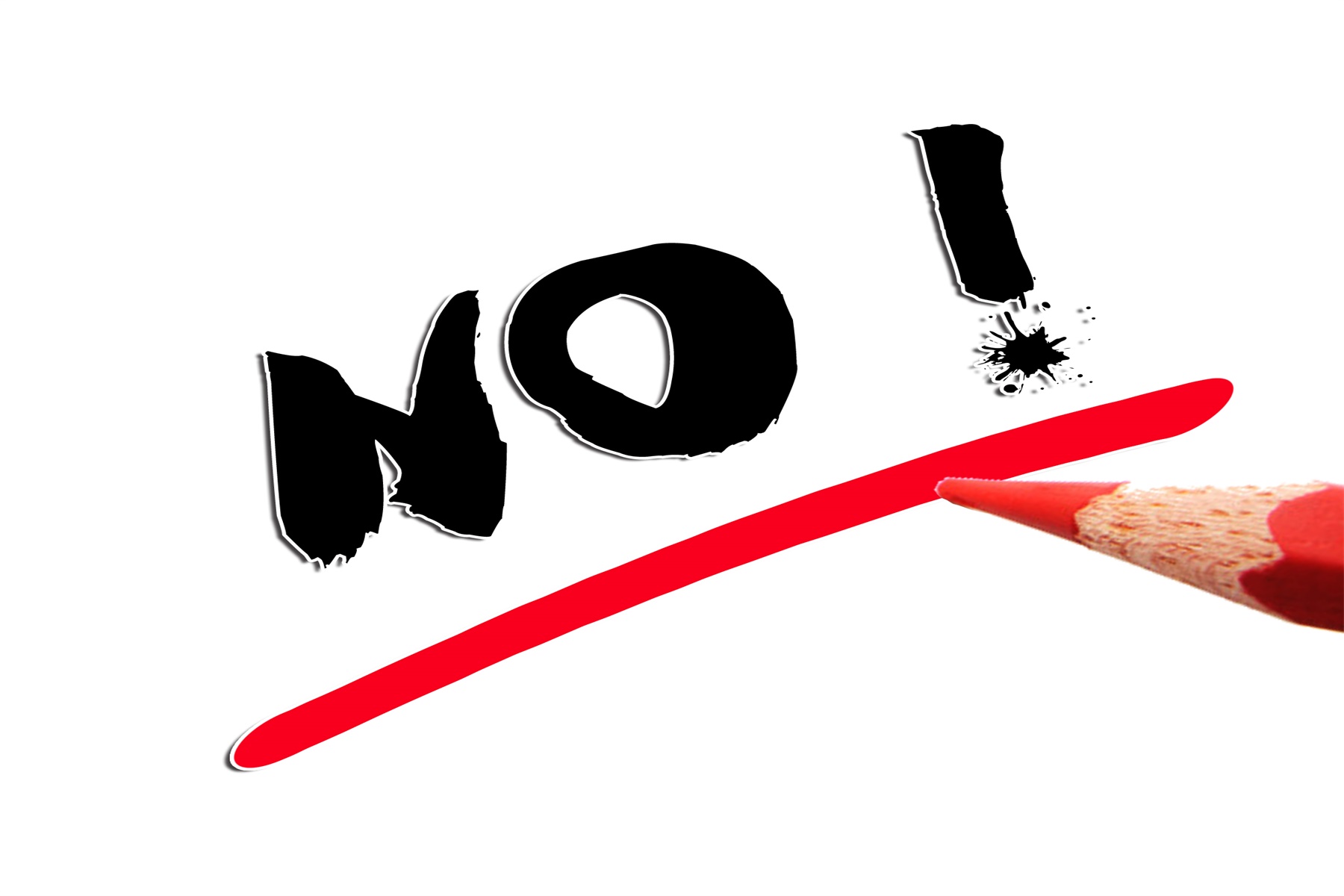5 Bad Habits You Should Avoid About Digital Painting

Digital painting apps and graphics tablets improve your painting efficiency. But they’re not helping to cultivate your artistic accomplishment. Plus there’s a real danger of developing bad habits that can end up hurting your artwork. There are several practices you should avoid when painting digitally.
Carelessness
There are lots of ways that carelessness, or sloppiness, can hurt your painting. When artists don’t paint all the way up to the edge of a shape or outline and leave white gaps from the underlying canvas showing through. It is a typical behavior which is called carelessness. When the artist is attempting to make a realistic rendering, those little spots of white make a painting look unfinished and immediately draw my eye to them. So how to fix it? There are two basic methods we should keep in mind. Be more precise and scrupulous. Paint up to and even over the edge of your shapes to make sure you get total coverage. Or you can leave gaps in your painting if you work on top of a toned canvas. Preferably something neutral or even a color that is complementary to the overall color harmonies in your painting. Tiny specks of color showing through your paint can create a nice vibration of color and even suggest a texture. So even if you do end up having gaps in your paint strokes, it won’t make your painting look unfinished or like you only gave it the minimum effort.
Settling
The next common is settling for the default brushes that come with your painting program. And this mostly applies to those who paint with Photoshop. Photoshop is a great powerful program for painting digitally. But, the default brushes didn’t exactly lend themselves to painting naturally. Out of the box, they were kind of sterile. Generally, you need to fiddle with brush settings and save them as a new brush preset to make the default brushes more responsive to your artistic will. When painting digitally, spend some time learning how the brush mechanics work so you can get them to do your bidding. Lots of artists these days go straight to digital painting before learning to paint with traditional media because they want to do the tricks and the slick renderings. And I think it’s a mistake. Learning to paint with oils, acrylics or watercolors is a time-consuming process. But if you never pick up a real paintbrush, you may never learn the disciplines and practices that go into the painting and illustrating. When you learn to paint on canvas or paper, you not only gain skills in those particular mediums but also form your tastes and style as an artist.
Laziness
The other sin is laziness. It’s actually good to use the fill tool at the beginning of painting to cover the whole canvas. But leaving the background that single flat fill color at the end of your painting is the height of laziness. Compared to a human head, a background is really simple and quick. If you’re putting in all this effort on the subject of your digital painting, don’t just treat the background as a throw-away. For one, it’s jarring to see a realistic rendering up against a flat graphic color. But if you just take some extra time and use a big brush and paint a simple gradient, it can add so much to the composition by moving the viewer’s eye to where you want it to go. Vary the hue, color temperature or value a little bit, to contrast the subject so it stands out from the background more. Let your audience know that you cared enough about your work.
Self-Delusion
If you think the soft-edged airbrush tool is your friend and makes your paintings look better, more professional or realistic, you are delusional! There are certain places or effects where minimal use of the airbrush might be okay. But going straight for the airbrush and using it for the majority of your painting is one of the best ways to kill it. You may be tempted to believe it’s a good way to blend lights and darks. But a basic airbrush creates a very sterile and artificial look. It prevents you from being able to create hard edges or interesting brush strokes. And aside from issues relating to style, you actually can’t render forms convincingly without hard edges. Plus, remember, it’s the flaws, and the brush strokes and a variety of edges that help make an artist’s style look unique. The digital airbrush virtually eliminates any flaws or variety. Don’t attempt “perfection” in your paintings. Strive for uniqueness and character.
Monotony
The digital airbrush is probably one of the worst brushes you can use. However, if you use any brush too much, you run the risk of getting a monotonous painting, no matter how cool that brush is. When working on any assignment or personal piece, I’m constantly switching between several different digital brushes. Some of which I’ve custom-made, some of which I’ve downloaded from other artists. It’s important to always try new brushes and painting tools when working digitally. It helps to keep you thinking about what you’re doing without going into autopilot mode. I recommend using a particular brush for just a little while and then switch to a different brush with different qualities. And keep switching it up as a matter of habit without relying on one single brush too much. You’ll end up with paintings that have a lot more visual interest because of the variety of strokes and textures. As you practice with new brushes you’ll learn their strengths and their weaknesses and start developing preferences for when you like using each one.


Leave a Reply